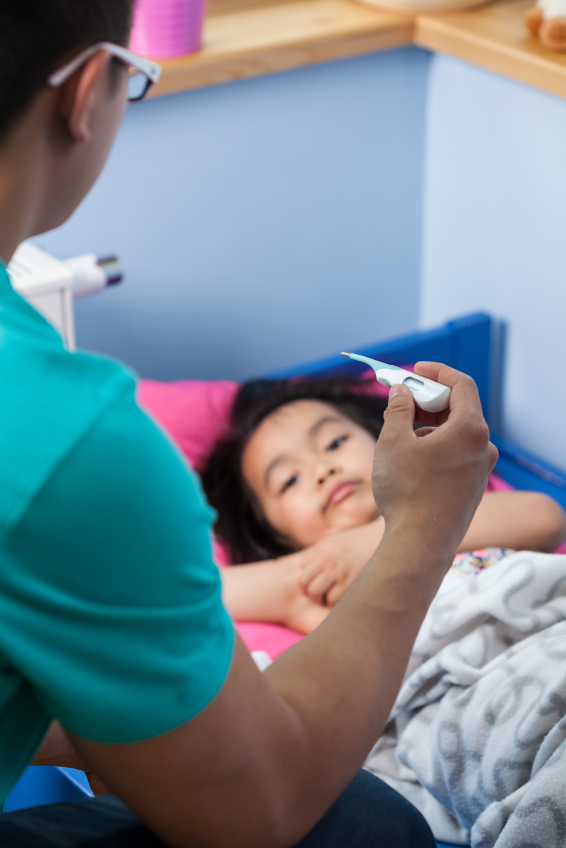Mount Washington residents Logan and Christie Wallace will never forget the night two years ago when they put their then-one-year-old son to bed and woke up a few hours later to him screaming.
“Burke was burning up, he had a fever, so my wife took him downstairs and used an ice pack to cool him down,” Logan said. “The next thing I knew, she was screaming and carrying Burke up the steps. When I saw him, his eyes were rolled back in his head and he wasn’t breathing.”
After calling 911 and having Burke transported to Cincinnati Children’s Hospital Medical Center for observation, the parents soon realized their son had suffered from a febrile seizure ““ a convulsion brought on by a fever in infants and small children.
Luckily, Burke was fine, but he was at an increased risk to have another febrile seizure.
What are febrile seizures?
According to the National Institute of Neurological Disorders and Stroke, one in 25 children will have at least one febrile seizure, and more than one-third of those children will have additional febrile seizures before outgrowing the tendency to have them.
Febrile seizures usually occur in children between the ages of six months and five years and are most common in toddlers. During a febrile seizure, children often lose consciousness and shake. Most febrile seizures only last a minute or two, but the length can range from a few seconds to more than 15 minutes. Also, most children with febrile seizures have rectal temperatures of more than 102 degrees Fahrenheit.
While scary for parents, though, febrile seizures typically aren’t harmful to children. There is the risk that a child could be hurt by falling or choking on food or saliva, but there isn’t any evidence that short febrile seizures cause brain damage, and 95 percent to 98 percent of children who experience febrile seizures don’t go on to develop epilepsy (a condition characterized by recurrent seizures not triggered by fever).
Is my child at risk?
Risk factors for febrile seizures include a young age (less than 15 months) when the first seizure occurs, frequent fevers and having an immediate family member with a history of febrile seizures.
That’s why Logan and Christie are watching their six-month-old daughter, Josie, very carefully.
“The doctors told us that because Burke had one, Josie is more likely to have one, too,” Logan said.
Last month, Burke, now three, had another febrile seizure.
He and Logan were sitting on the couch eating macaroni and cheese out of a bowl, when Logan noticed Burke had leaned his head back and his eyes were rolled up in his head.
This time, Logan acted quickly.
“I immediately laid Burke on the carpet, rolled him onto his side and noted the time,” he said. “Then I called 911.”
Burke was once again transported to Cincinnati Children’s, held for a few hours for observation, and then released.
For Logan and Christie, it was a wake-up call.
“We had kind of forgotten to be vigilant,” Logan said, “but now we’re watching him and trying to be proactive with his fevers again. At least now we know what to do.”

